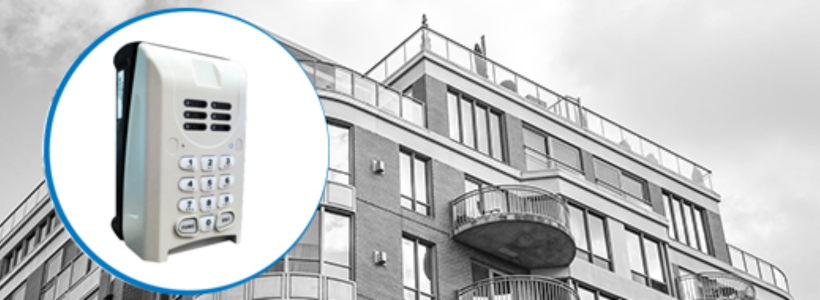Individual privacy rights are an important point of law, but so is your freedom to take a picture. Here are a few tips to protect yourself, your business and your clients when taking a picture during home showings and inspections.
Buyers
Clients may want to take images for personal use, reference or comparisons. While this may present minimal risk, it is best practice to have written consent from the seller confirming that photos are allowed.
Sellers
If a client’s home contains video or audio recording devices, it’s best that they be switched off to mitigate legal risk. If this is not possible, make sure your clients disclose what is being captured and where the devices are in the property. You should also get written consent from the prospective buyer or inspector that they are aware and okay with this activity.
If a client does not want to disclose that a recording device (i.e. a nanny cam) is present in their home, they should get written legal instruction confirming it is not a breach of law. The client should also provide this instruction for their REALTOR® to include in the brokerage file.
Landlords
A landlord should not capture images of a rental property that contains an individual’s private belongings. Be sure to advise landlords against this action, unless written consent has been obtained from the tenant.
REALTORS®
Avoid capturing any images or audio of buyers, sellers or their properties without their written consent. Since you are working in a business capacity, your actions could breach privacy legislation or the criminal code.
One of the simplest ways to acquire consent on photos, videos and recordings is to include it as a term in a contract. You can get written consent from emails and even text messages. Remember, verbal agreements will not be sufficient if any legal action is taken.
If you have any questions regarding this topic or privacy legislation, please contact CREB®’s Member Practice team at mp@creb.ca or 403-781-1336.





{ 4 comments…}